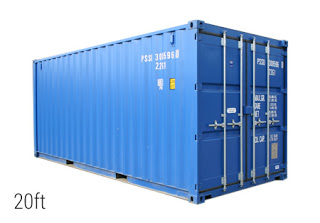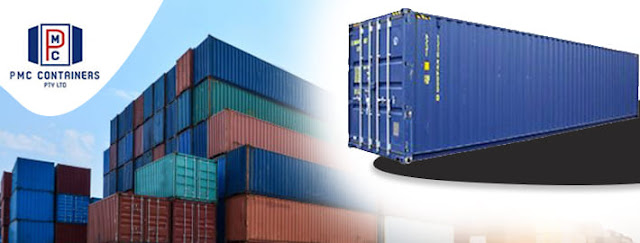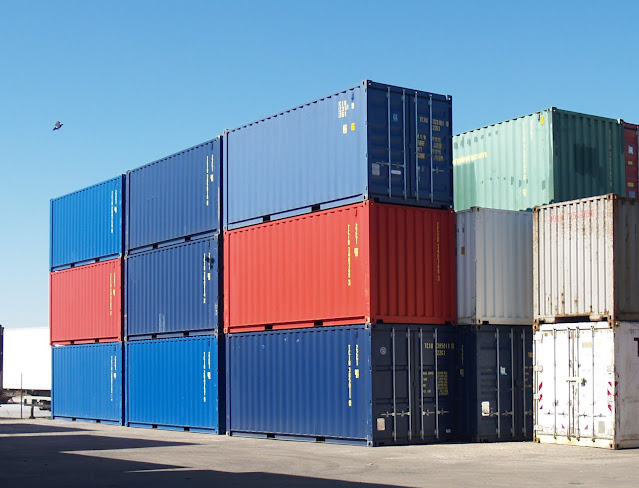Know How Shipping Containers Can Be Used As Fire Protection
Containers are a great way to store and transport goods. They're lightweight and can be easily stacked, making them perfect for transporting heavy items like food or building materials. But did you know that shipping containers can also be used as fire protection?
Shipping Containers are made from fire-retardant steel, which means that they won't catch on fire as easily as regular metal does.
Moreover, the interior of each container has an insulation system that keeps the temperature inside cool enough for anything flammable (like gasoline) to stay put in case of an emergency.
Hazardous materials companies have used these containers for decades because they're sturdy enough to hold up under extreme conditions while keeping everything safe inside intact at all times—including people!

Containers Are Made Of Fire-Retardant Steel
The second reason why shipping containers are a good choice is that they are made of fire-retardant steel. The material that the container is made from is strong, durable, and resistant to fire.
There are many different types of steel used in industry today and each has its own property such as strength or resistance to corrosion.
Generally speaking, steel has high tensile strength, which means it can hold together under pressure without breaking apart easily.
This makes them really useful when transporting heavy objects worldwide because it prevents accidents from transporting heavy loads across uneven roads at high speeds (or during an earthquake).
On top of this quality being useful for transportation purposes, it's also very helpful when trying not to burn down your house due to an accident involving hot liquids like coffee!
Containers Have An Interior Thermal Protection System
In addition to their durability and strength, shipping containers are also designed with an interior thermal protection system that can withstand extreme heat.
The system is made up of a number of layers that protect the contents from fire and heat, keeping them cool and dry. This is a crucial characteristic for any fire protection container because it ensures that everything inside stays safe, even if an emergency such as a fire or flood.
The thermal protection in each container includes:
- An outer layer consists of steel studs or thick corrugated sheet metal on all sides of the container (called "skin").
- A second layer is made up of insulation like Styrofoam or fibreglass insulation panels positioned between the first two layers.
Containers Are Used To Store Hazardous Materials
You may have heard that shipping containers are used to store hazardous materials. The truth is, they are also used to store toxic waste, biohazardous waste, radioactive waste and other similar types of materials.
This is because the inside of a shipping container is very clean and easy to sweep out in case something spills or leaks during transport. The same cannot be said for other types of storage systems such as tanks and above-ground storage tanks (ASTs).
The fact that these containers are so easy to clean out after use makes them an ideal option for companies who need space for storing these dangerous materials but don't want them inside the building where people work or live.
Conclusion
The fire protection shipping container can be used to protect valuable assets. It is not only resistant to damage caused by fire but also has an interior thermal protection system that will keep the contents safe from smoke, heat, and potential water damage.
This is why they are often used as storage containers in warehouses or construction sites where there is a risk of having an accident where something could catch on fire.



Comments
Post a Comment